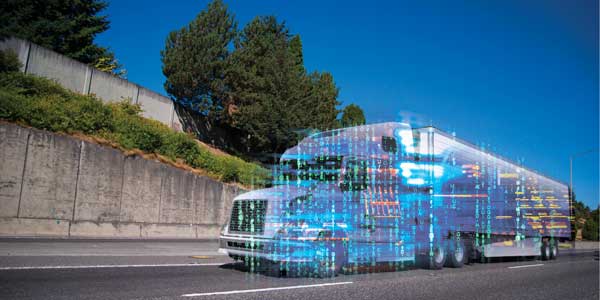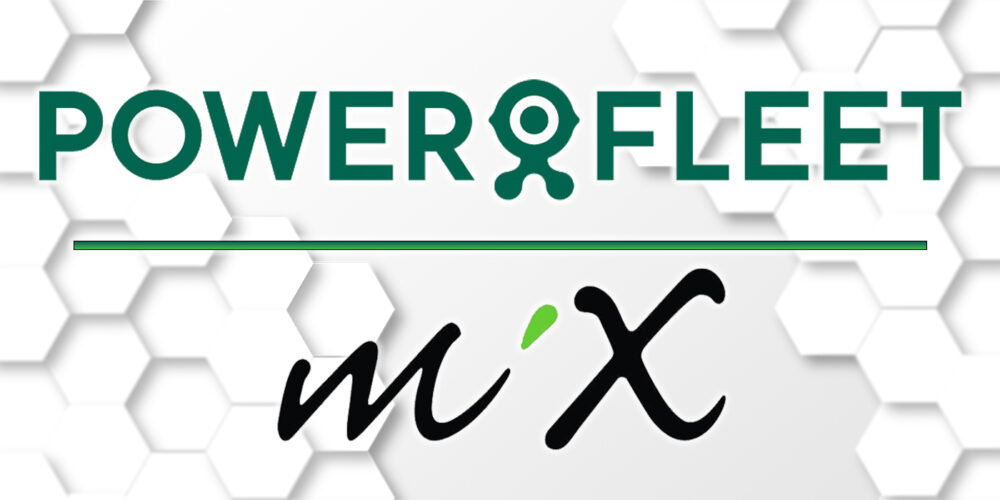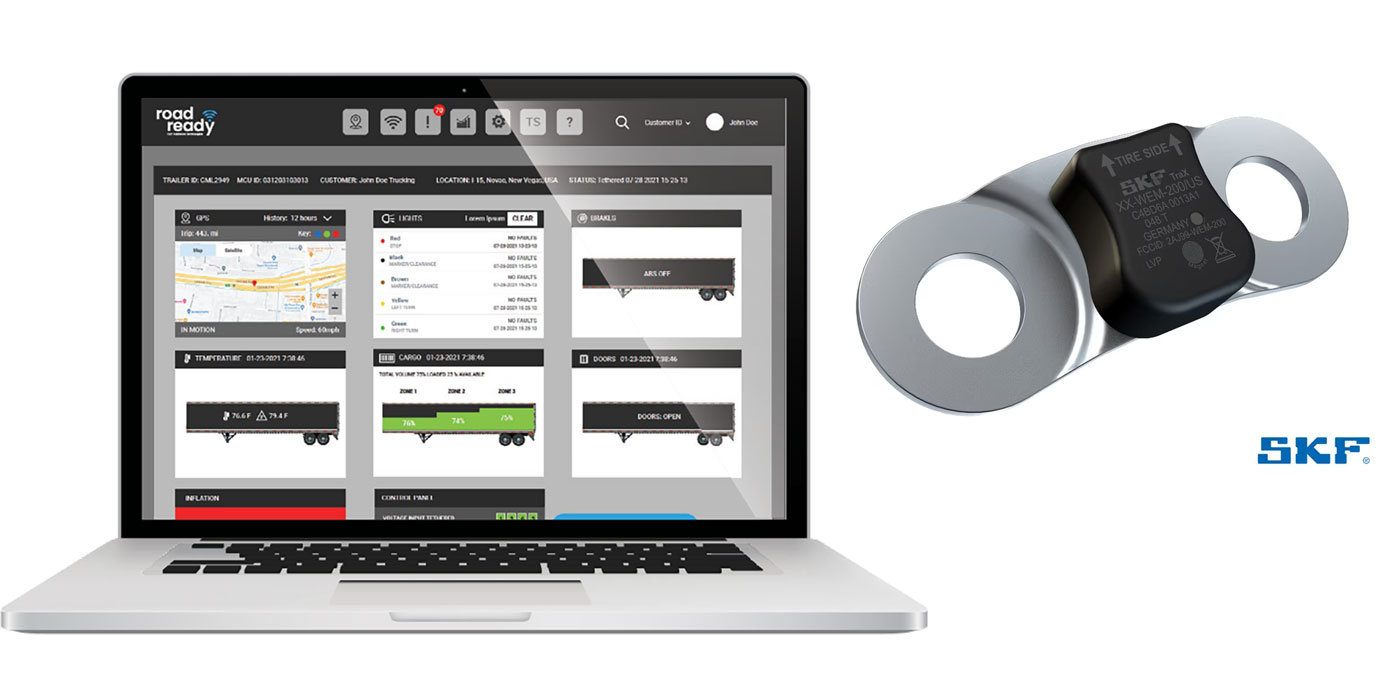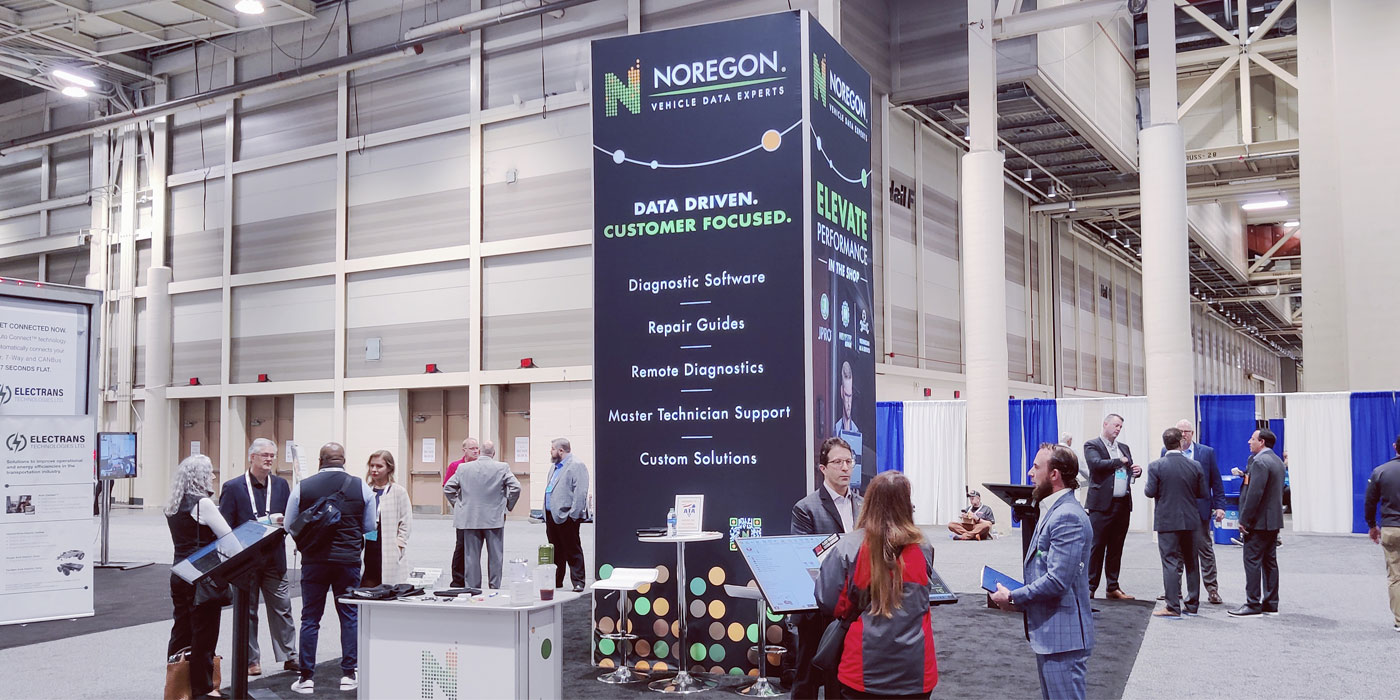One notable advantage of trucking technology is the opportunity to level the playing field between large and small fleets. You might be familiar with the story of the Moneyball Oakland A’s (of book and movie fame), who overcame significant disadvantages in resources compared to their MLB competition by taking advantage of the data available to them. This data was available to every team in baseball, but the A’s used it to their advantage better than anyone. There might not be a Hollywood movie made about it, but for small fleets, this could be their reality.
Take predictive maintenance, for example, which takes years of data from a wide variety of trucks and aggregates it to predict how much potential there is for an upcoming failure for particular components. For instance, if a certain make and model of truck has a transmission that often runs into a certain problem between 90,000 and 105,000 miles, predictive maintenance solutions can track the problem and chart the likelihood of it happening. This allows you to weigh the costs and benefits of repairing the transmission before it becomes a pressing issue.
This process has traditionally been limited to reporting tools and human intervention, but the technology now exists to analyze potential failures from specific fault codes in near-real-time as the equipment is driving down the road—immediately alerting the fleet if they need to take action.
David Wangler, president of TMW Systems, which provides the TMT Predict.Fault Code predictive maintenance application among its many telematics offerings, concurred that one of predictive maintenance’s biggest advantages is the way it levels the playing field among fleets of all sizes.
“Historically, the largest fleets have had a fair bit of advantage over the smaller fleets,” Wangler said. “Because they operated enough units—oftentimes same make, same model, same year—they could aggregate data, and they could effectively predict when a part was going to fail.
“So step one for us is taking that availability of data volume and density and making that available to smaller fleets,” he continued. “By aggregating that data with our marketing intelligence solution, we can bring that data together and give that same benefit to smaller fleets.”
According to TMW, the TMT Predict.Fault Code application works in conjunction with the PeopleNet Mobile Gateway (PMG) and Vusion data science to capture and analyze vehicle fault codes and other signal values representing more than 80 leading vehicle performance variables. When fault codes and other vehicle data indicate an increased probability of failure, a dashboard alert appears within the user’s TMT Fleet Maintenance software. The alert identifies the fleet’s assigned equipment number, vehicle identification number, probability of failure, Diagnostic Trouble Code (DTC) and description, leading performance variables triggering the probability, and other key equipment and signal values. Data is collected from all components (primarily engines and transmissions) with the PMG. So as the PMG portal becomes more widespread, the library of fault codes will expand as more data is gathered.
Looking for more info on predictive maintenance? Check out this month’s Future Focus video here.
TMW said that if this software can prevent just 35% of unplanned repairs, it can save fleets thousands of dollars. And, according to the company, as the technology progresses this can help improve equipment utilization—another boon for fleets of all sizes.
Those are significant savings, but this technology is still in its infancy, and future versions of predictive maintenance software will be capable of much more. Wangler pointed out that the capabilities of predictive maintenance will improve as the sources of the data—the engines and transmissions—become more advanced themselves.
“We’re still dealing with, in some cases, 15- to 20-year-old technology,” he noted. “With the level of electronics and diagnostic capabilities built into today’s engines and transmissions, we can start gathering not just fault codes, but raw data beyond the fault codes.
“If you can start to get those leading indicators in addition to the historical performance you get from the community,” he continued, “you’ve got a much better opportunity to decide when you should perform preventative maintenance and when you should perform a service.”














